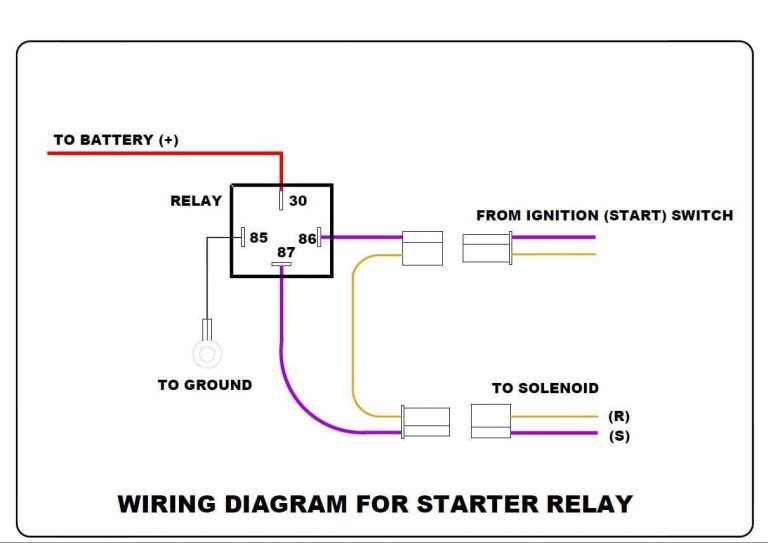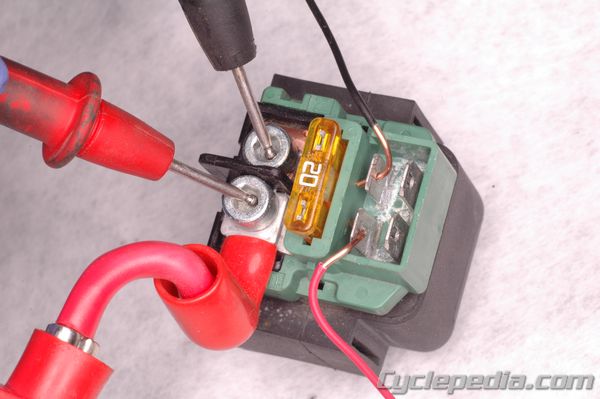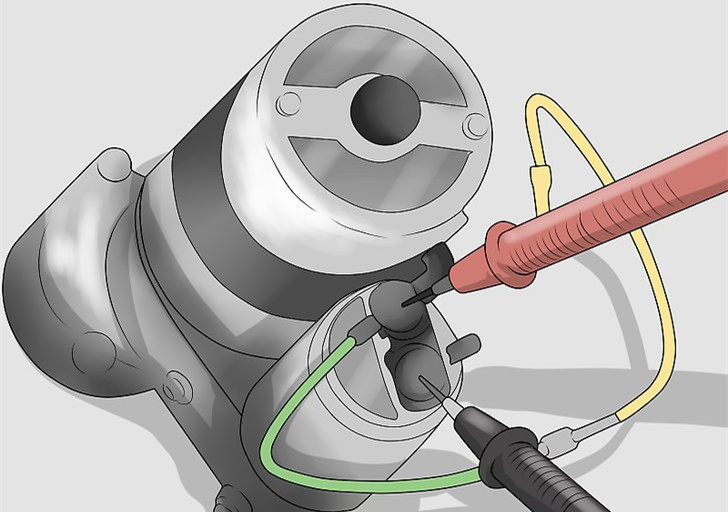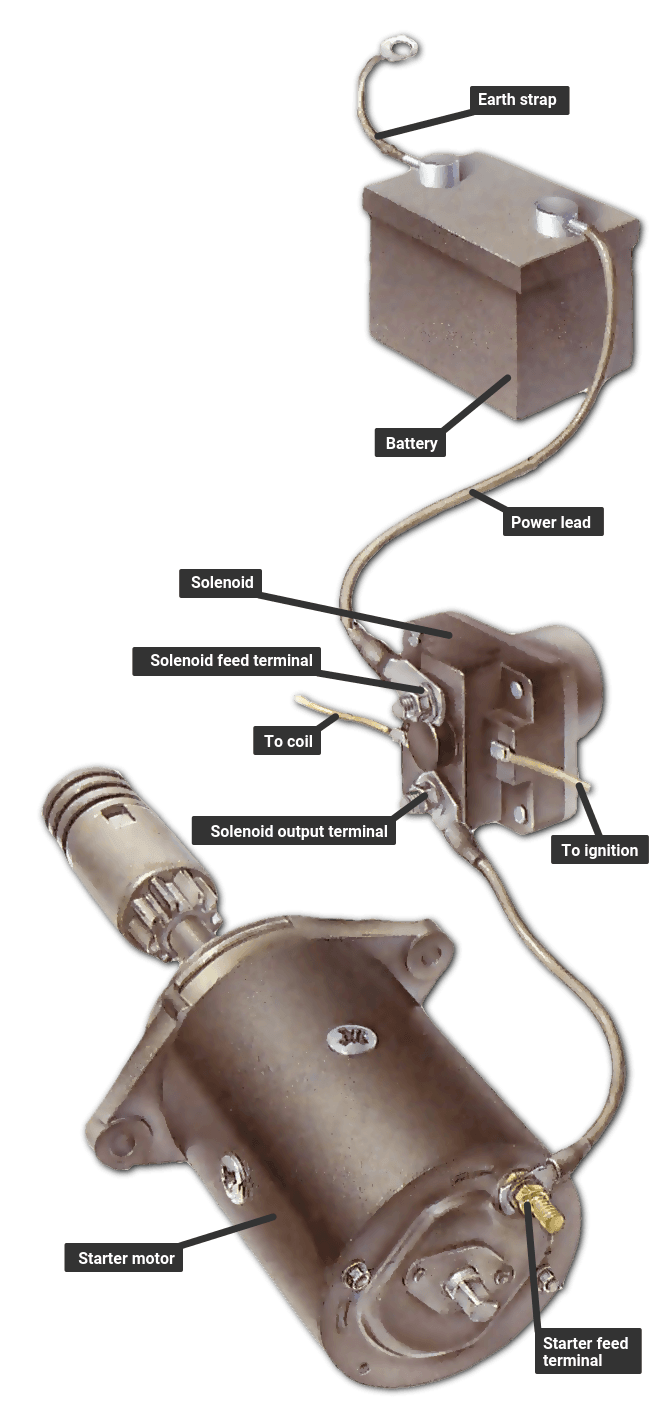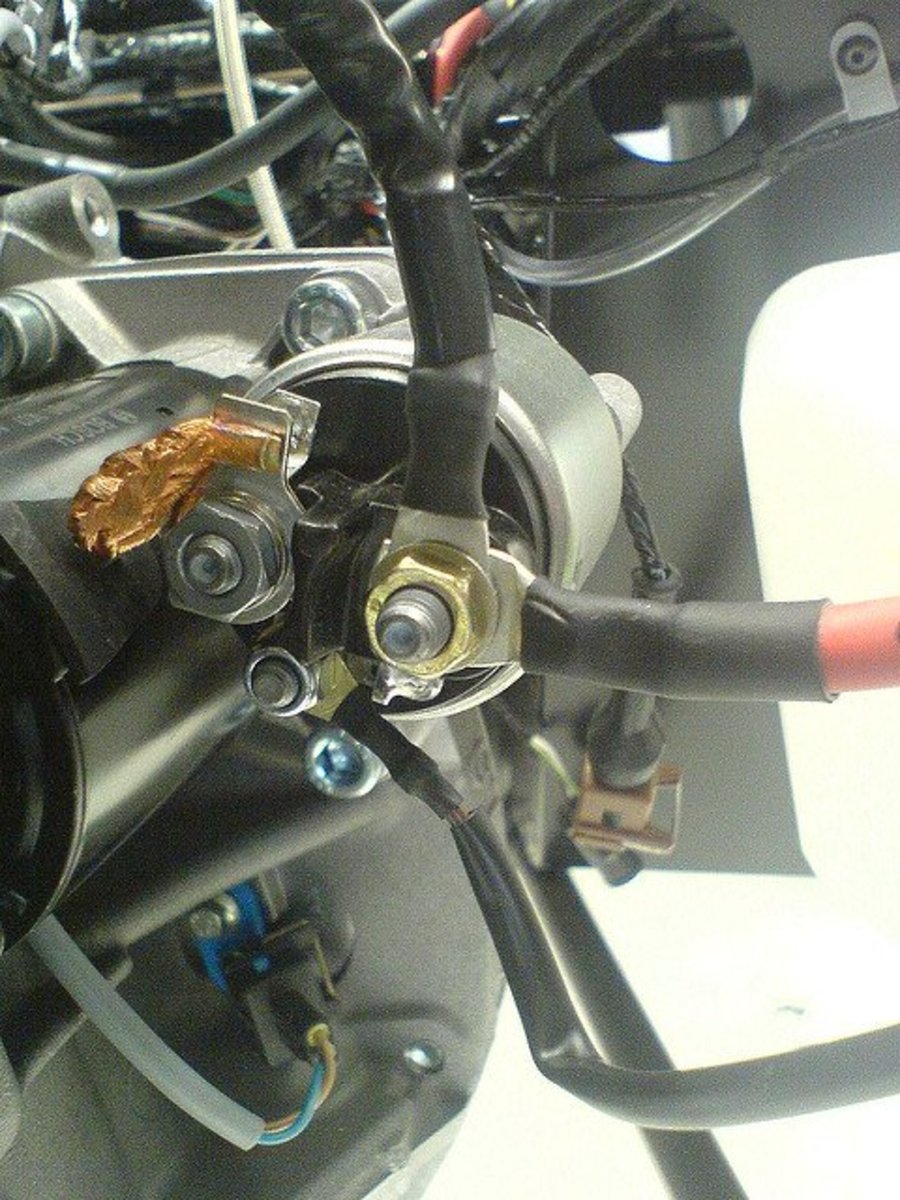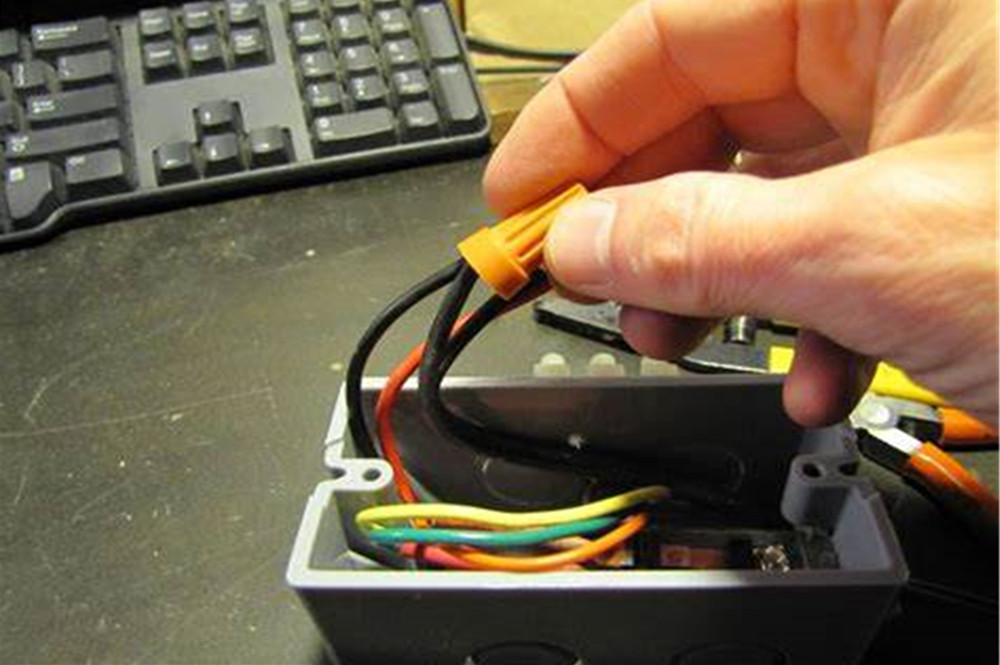Lessons I Learned From Info About How To Check Starter Relay

Today we're going over the steps on how to locate, remove and test the starter relay.
How to check starter relay. With the relay removed from the fuse box, the multimeter set to measure dc voltage and the switch in the cab activated, first check to see if there are 12 volts at the 85 position in the fuse. Remove and test the starter relay. If it does not, then the starter may be bad.
To get started, you’ll need to follow these simple steps: Another way is to check the battery voltages. The first way is to use an oscilloscope to measure the voltage across the coils.
Another way to check is with an. You can do this with a voltmeter, but it can be a bit tricky to get a good reading. The fuse box (also called the power box), the instrument panel under the fuse panel, or the right fender.
To start, insert your multimeter probes into the appropriate sockets. How to test starter relay. Set your multimeter to be on the ohms scale.
If the starter solenoid is corroded, you should replace it immediately. Keep your connections in place from the first test, and simply disconnect the back probe from the positive terminal on the battery. The black probe should go where it says “com,” and the red lead into the socket labeled “vω.”.
You can do this by getting yourself a battery that can deliver 12v and a multimeter. A shorted solenoid can cause many problems,. One way is to try to start the cart and see if the engine turns over.
A weak starter or a deficient battery can cause a failed starter solenoid. The location of the start relay varies by vehicle type and model. Conduct a click test and check the battery.
Testing the starter is simple and straight forward. If the battery is low, then the starter.


